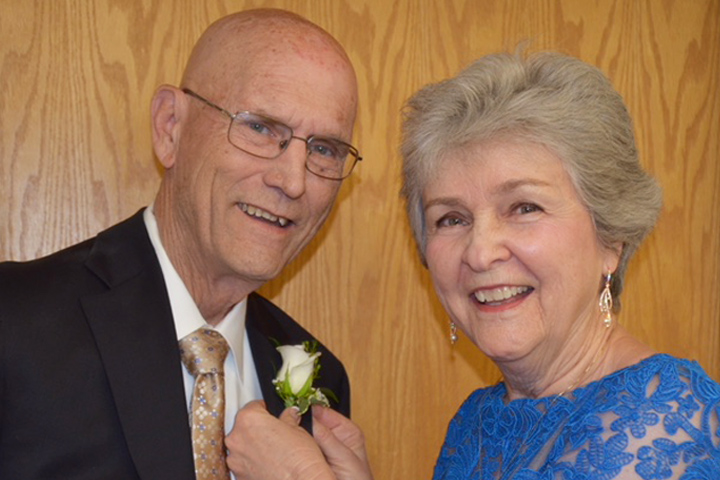The Positive Impact of a Pancreatic Cancer Clinical Trial

- A cluster of symptoms leads to relatively early diagnosis
- Treatment with a clinical trial
- More chemo, radiation, then a Whipple procedure
In 2009 I was 67 and athletic, so I was shocked one day to realize I could no longer achieve my usual power on a bicycle-driven dynamometer.
In fact, my world collapsed in the next three weeks, as I lost 20 pounds, had no appetite, had oily/floating stool, and was generally uncomfortable with a dull pain from an unknown location. The final straw was jaundice, a conclusive indicator that something was very wrong. I had a blood test, which showed sky-high bilirubin and CA 19-9 (an excellent biomarker for me) numbers. A biopsy by catheter provided confirmation that I had pancreatic cancer. I was not told the stage at the time of my diagnosis, but later deduced it to be the cusp between Ib and II—a 2 cm tumor was seen on a CT scan. I also learned later that my tumor was only marginally resectable.
Starting Treatment With a Clinical Trial
My daughter, an M.D./Ph.D. who specializes in immunology, pointed me to a clinical trial with Dr. Sam Whiting at the University of Washington/Seattle Cancer Care Alliance (Note that Dr. Whiting is no longer there). I traveled from my Silicon Valley home in California to be part of this trial. The treatment protocol was infusion for three months with a chemotherapy combination known as GTX—gemcitabine and docetaxel (Taxotere) together with oral Xeloda (capecitabine). I had this combination every three weeks. Xeloda, which metabolizes to 5-FU, gave me sores all over, so the dose was decreased after the first cycle.
Subsequently, I received oxaliplatin and CyberKnife radiation with Dr. Wui-Jin Koh. Then I had Whipple surgery with Dr. David Byrd. This was followed by four months of gemcitabine.
After treatment ended, I returned home. I had periodic CT or PET scans and blood tests, first quarterly but with gradually lengthening times. About two years later a PET scan showed some structures that warranted additional radiation therapy. It has been nine years since I was diagnosed, so now I just get routine blood tests.
A Clinical Trial Helps Change Standard of Care
The clinical trial, of which I was one patient of 35, was phase II and was marvelously successful, as all patients survived. This survival rate of the patients in the trial is several times the average survival rate of people with pancreatic cancer, who did not have the benefit of this clinical trial. The trial was published by ASCO several years ago and is about to be published in a peer-reviewed journal as a phase III trial. The journal article will help establish chemotherapy prior to surgery as a first-line therapy.
I did not have genomic sequencing for gene mutations, but the wheels are in motion because I am participating in a familial history-driven Mayo Clinic study. I am certain they will find mutations in KRAS, a gene mutated in almost all pancreatic cancers, but my hope is that they will find a clue to answer why I survived while so many others did not.
While my year of treatment was difficult—I had fatigue and chemo brain—I’ve had eight “extra” wonderful years, especially as I remarried to fill the void left by my late wife. I am now a 76-year-old retired scientist (assisting in physics as volunteer in a high school), having written about semiconductor reliability for 45 years in Silicon Valley. I am enjoying my life.
Hear Rich tell his story in the video “You Can Beat the Odds.”






